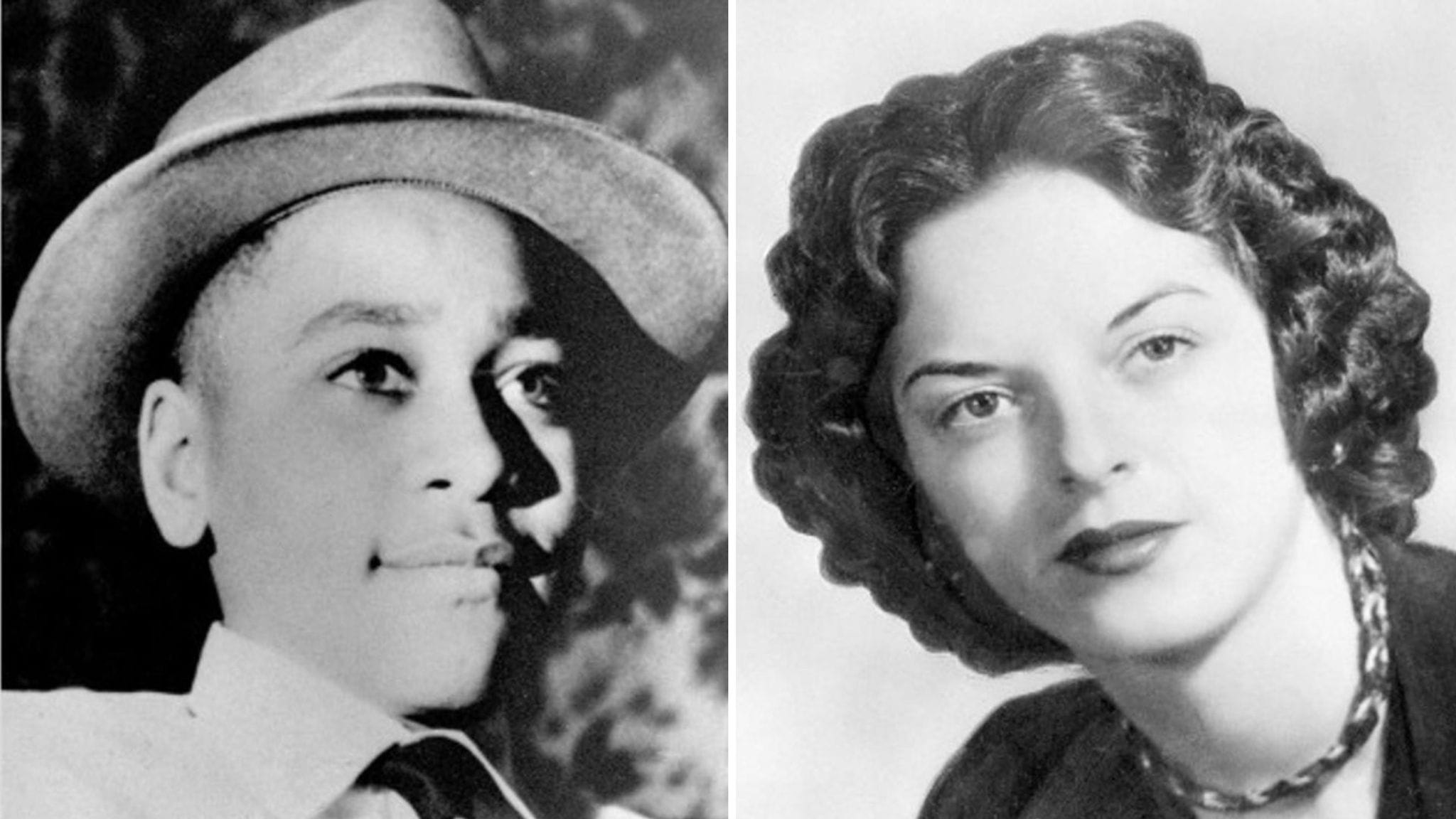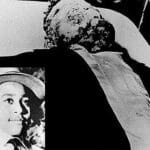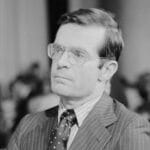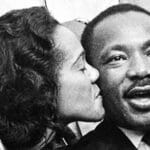The murder of Emmett Till, a 14-year-old African American boy from Chicago, stands as a horrific turning point in American history. His mother’s courageous decision to hold an open-casket funeral, allowing Jet magazine to publish pictures of his mutilated body, transformed a horrific, localized crime into a pivotal moment in the Civil Rights Movement. These images exposed the brutal reality of racial violence in the Jim Crow South and ignited a wave of outrage and activism that reverberates to this day.
Seeing the Unthinkable: The Power of Images
There are images so deeply affecting that they transcend time, becoming etched into our collective memory. The photographs of Emmett Till’s mutilated body are tragically among them. In 1955, the brutal murder of this 14-year-old boy in Mississippi shook the nation, and the images of his open casket became chilling evidence of the consequences of racial hatred.
Emmett’s mother, Mamie Till Mobley, made the gut-wrenching decision to hold an open-casket funeral, stating, “Let the world see what they did to my boy.” Jet magazine and The Chicago Defender, two prominent Black publications, bravely published the photos, ensuring that Emmett’s story, and the raw reality of his fate, reached a national audience.
The impact of the Emmett Till pictures was immediate and profound. They weren’t merely evidence of a crime; they were a mirror reflecting the ugly truth of racial hatred and violence that plagued America. Placing the carefree smile of a young boy, captured in earlier photos, in stark contrast with the horrific aftermath of violence, forced people to confront the inhumanity faced daily by Black Americans.
A Catalyst for Change: Emmett Till and the Civil Rights Movement
Many historians and activists argue that the publication of Emmett Till’s photos was a turning point for the Civil Rights Movement. Seeing the physical evidence of such cruelty inflicted upon a child ignited a firestorm of outrage and grief. The photos served as a wake-up call, making it impossible for people to ignore the urgent need for change in American society.
The movement, already gaining momentum, found a tragic martyr in young Emmett. His image became a rallying cry, a stark representation of the urgent need for equality and justice. While the photographs were undeniably difficult to view, they held immense power. They exposed the hypocrisy of “separate but equal” laws and galvanized support for the struggle for racial equality.
Beyond the Open Casket: Exploring the Full Scope of Emmett Till Photography
The open-casket photos of Emmett Till are undeniably the most well-known images associated with his murder, but they are just one part of a larger photographic narrative. Beyond the shocking image of Emmett in his casket, there are other, lesser-known photographs that offer a broader, more nuanced understanding of this tragedy.
Photographs of a young Emmett Till, full of life and promise, before his fateful trip to Mississippi, remind us of the humanity of the boy whose life was tragically cut short. Other photographs document the trial of his murderers, Roy Bryant and J.W. Milam, capturing the tense courtroom atmosphere and the all-white jury that acquitted them.
Even beyond the trial, photographs document the activism that Emmett Till’s murder ignited — protestors marching, demanding justice, and an end to the Jim Crow system that allowed such an atrocity to occur. These photos show the power of Emmett’s story to mobilize a movement and inspire change.
Exploring the full scope of Emmett Till photography, beyond the iconic open casket image, allows us to engage with this historical event on a deeper level. It allows us to connect with the individuals involved, understand the complexities of the time, and recognize the lasting impact of Emmett Till’s legacy on the fight for racial justice.
A Legacy of Inspiration and Action
Emmett Till’s murder and the national response it provoked marked a turning point in the fight for civil rights in America. While his story is rooted in the painful history of racism and violence, it also stands as a testament to the power of courage, resilience, and the unwavering pursuit of justice.
The images of Emmett Till continue to serve as a stark reminder of the work that still needs to be done to dismantle systemic racism and achieve true equality. They challenge us to confront uncomfortable truths, to speak out against injustice, and to honor Emmett’s memory by actively working towards a more just and equitable society.
The experience of a deaf-blind woman determined to make her dreams a reality is certainly an inspiring one. She never ceases to amaze people. Helen Keller’s accomplishments include becoming an author, a political activist, and a lecturer. Her life is an incredible example of overcoming obstacles. Helen Keller fly plane was one of her many adventures that proved her strength.
- Jerry McSorley’s Post-Divorce Life: New Beginnings - July 16, 2025
- The Rise and Fall of the New Haven Nighthawks: A Minor League Hockey Legacy - July 16, 2025
- Unlock Jerry McSorley’s Career Highlights: Eye Tax Inc.’s Solar Success - July 16, 2025
















